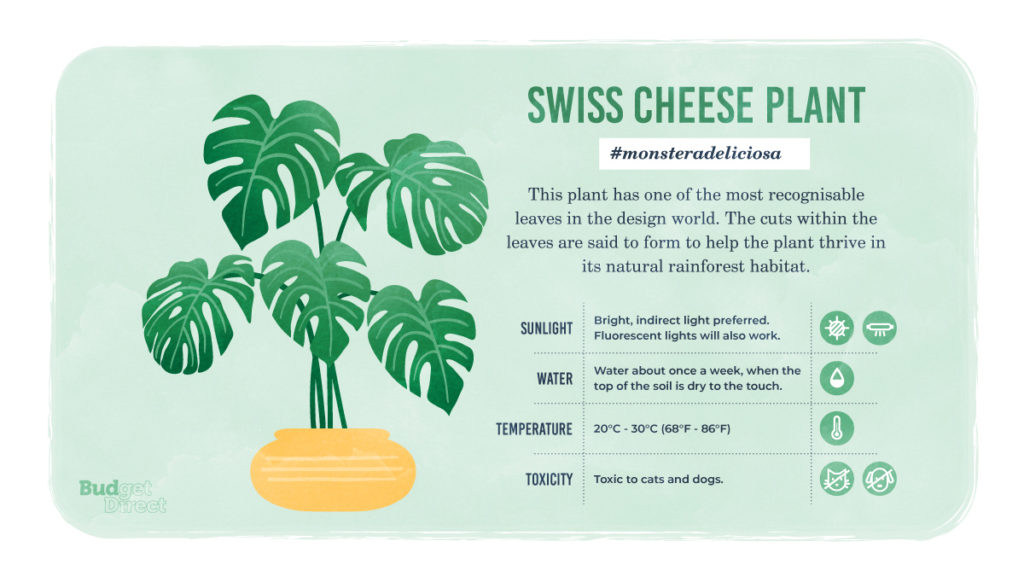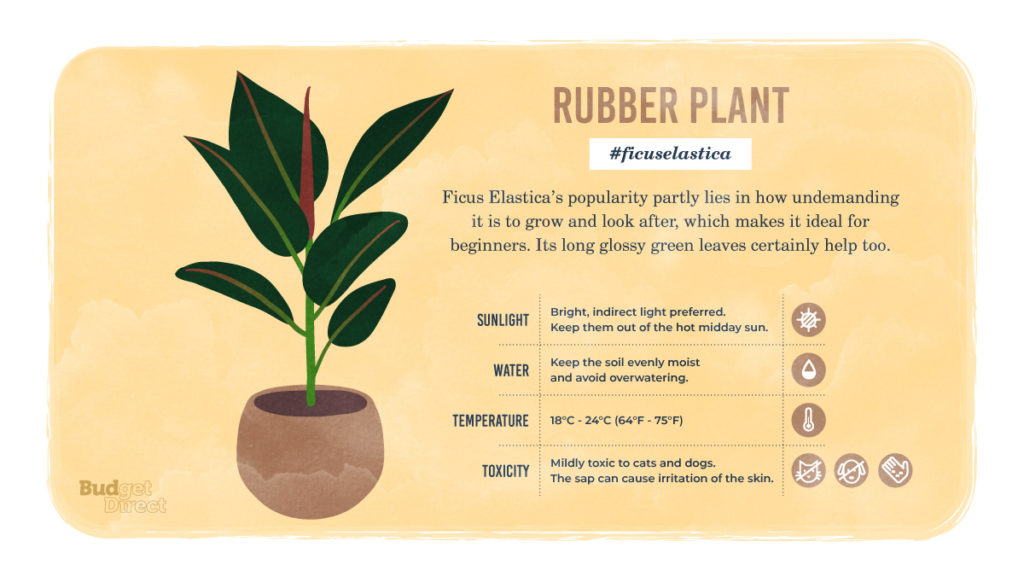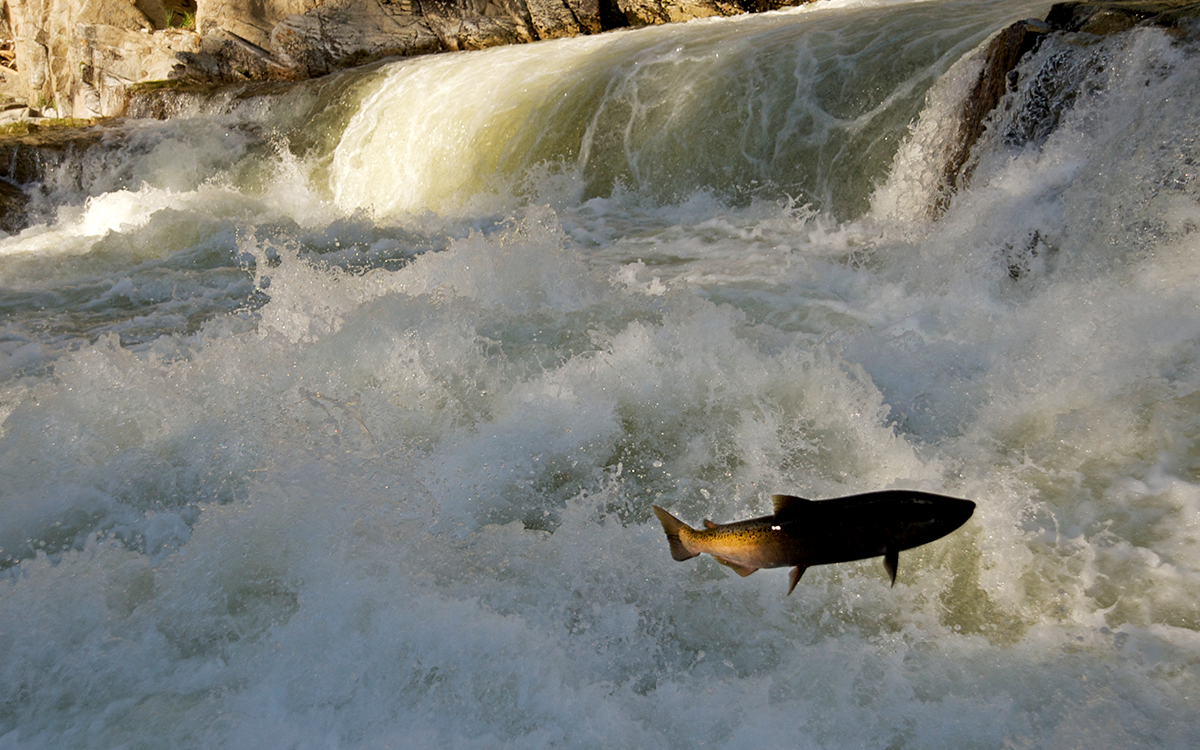Before
the dams, a juvenile Chinook salmon would aim its shining, paper-thin
fins toward the Pacific Ocean and set out for an over one-thousand-mile
migration alongside a million of its cousins. About 80 percent survived
the journey. Those 800,000 fish would spend several years in the salty
expanses, eating smaller ocean creatures and growing plump bodies,
destined to return up the rivers to lay their eggs, feed humans and
wildlife, and sow the forest floor with ocean nutrients.
Today, only 7,000 spring and summer Chinook salmon make that journey.
Dam crossings, tepid reservoir waters, and an ocean ravaged by
climate change have decimated their numbers. About 40 percent of spring
and summer Chinook populations from the Snake River are at the threshold
for quasi-extinction, meaning they will likely go extinct, according to
research from the Nez Perce Tribe. This group of fish is watched
closely for its significance for feeding both orca whales and people.
For Snake River coho and sockeye salmon, the outlook is even bleaker.
Each year, about 100 individual coho salmon and 46 sockeye salmon
survive their migration and return to spawn—less than 1 percent of
historic levels.
Breaching the four dams on the Lower Snake River is the “centerpiece
action” for recovering its salmon and steelhead populations, the
National Oceanic and Atmospheric Administration concluded in a report
released on September 30, 2022. The agency is charged with protecting
threatened and endangered species in marine habitats, including five
struggling salmon and steelhead stocks on the Snake River. They say that
dam breaching needs to happen as soon as possible, in addition to other
actions like predator management and habitat restoration.
These recommendations come as political energy builds for breaching
Snake River dams. Washington governor Jay Inslee and Senator Patty
Murray (D) announced a plan to prepare for dam breaching in August. The
prior year, Idaho representative Mike Simpson (R) unveiled his support
for a dam-breaching process. Meanwhile, the Biden-Harris administration
has prioritized Columbia River fish recovery. But the Murray-Inslee
recommendations point out that the dams provide energy, transportation,
irrigation, and recreation for the surrounding region, and they say that
the dams cannot be breached until those benefits are replaced or
mitigated.
For the area’s Indigenous people, these first steps toward breaching
are long overdue. Their treaty rights guarantee fishing access at “usual
and accustomed grounds.” Yet the dams have driven the fish to the brink
of extinction, and many important cultural sites are found under the
reservoir waters held by the Snake River dams.
“The low returns severely limit how our tribe members can exercise
their treaty reserve rights,” says Chairman Samuel Penney of the Nez
Perce Tribe. “We’ve stated to the federal government that we expect them
to uphold those treaties and the commitment they made to the Nez Perce
Tribe in 1855.”
The Nez Perce Reservation lies five miles east of the Snake River,
which stretches over 1,000 miles from its origin in the Rocky Mountains,
across Idaho, and into the Columbia River in eastern Washington. The
river once ran thick with fish, and the population initially declined
due to overharvesting and mining. As far back as 1944, damming the Snake
River was recognized as “the greatest threat to the maintenance of the
Columbia River salmon population,” according to a US Fish and Wildlife
report to the Army Corps.
Nonetheless, by the mid-1970s four dams had been constructed in the
Washington stretch of the Snake River, an insurmountable barrier for
many salmon and steelhead during their migrations out to the ocean and
back to their natal streams.
Today, “you can walk miles upstream and not see any fish,” says Jay
Hesse, director of biological services for the Nez Perce Tribe. “I’m
continually amazed that the salmon can find each other over those large
landscapes and spawn.”
The dams pose myriad risks to migrating fish. Many are killed or
injured passing through the turbines, and they struggle to make it
through the warm, still reservoir waters the dams create. (Their natural
migration route would instead take the fish through cold, fast-moving
waters.) The dams create choke points where predators like sea lions and
pikeminnow can gather to feast on the salmon and steelhead runs. Once
the fish make it through this gauntlet, they enter an ocean artificially
heated by climate change.
“It’s been long established and recognized that if these dams remain,
these fish will disappear,” says Joseph Bogaard, executive director of
the Washington-based organization Save Our Wild Salmon.
Salmon once spent about one to two days passing through the 140-mile
stretch that’s home to four dams. That single section of their migration
now takes five to 15 days. And even if the fish don’t die on the
migration route, the added stressors and injuries from dams can often
lead to delayed mortality, meaning that more fish die in the ocean after
they’ve finished their migration.
Yet the dams benefit the surrounding region in ways that can’t be
overlooked, the recommendations from Governor Inslee and Senator Murray
emphasize: “We are adamant that in any circumstance where the Lower
Snake River dams would be breached, the replacement and mitigation of
their benefits must be pursued before decommissioning and breaching.”
This means replacing the dams’ 3500-megawatt (MW) energy capacity
with other renewable sources, adding new rail and trucking routes for
agricultural products currently moved on barges through the dams, and
mitigating the loss of the boating recreation economy. The price tag for
the benefit replacement process could be between $10.3 billion and
$31.3 billion, according to a summary of independent reviews.
The Bonneville Power Administration, the federal agency that manages
the Snake River dams’ energy production, warns that a renewable energy
transition away from the dams would require “impractically high levels
of additional onshore wind, offshore wind, and battery storage.” They
say that costs could be increased by the implementation of clean energy
policies in Washington and Oregon.
Yet Governor Inslee and Senator Murray’s recommendations say that the
energy transition is possible. They argue it’s an “oversimplified
binary choice” to say that hydropower from the dams is the only way to
preserve reliable renewable energy.
New federal funds could be an important stepping stone for the dam
energy transition: “The infrastructure bill that Congress passed last
fall and the Inflation Reduction Act passed this summer provide a huge
down payment to start making the investments,” says Bill Arthur, chair
of the Columbia/Snake River Salmon Campaign for the Sierra Club. He
emphasizes that while the changes can’t happen overnight, they’re
feasible to achieve.
At the Nez Perce Reservation, the process to replace dam benefits is
well underway. The tribe has undertaken an energy transition program
called Nimiipuu Energy to produce renewable energy on the reservation.
“The goal of Nimiipuu Energy is to develop and build 531 MW of power and
energy storage,” says Penney. Achieving that goal would make up for 15
percent of the dams’ current energy capacity.
“Here on our own reservation, we’ve installed solar on some of our
government buildings, our housing, our health care, our fisheries
offices,” Penney says. The Nez Perce Tribe is partnering with other
tribes to develop a “virtual power plant” by creating new renewable
energy production across the region. They also plan to harness funds
from the Inflation Reduction Act, such as the renewable energy tax
credit and other rebate programs, to bolster the energy replacement
process.
This transition is necessary because while sectors like energy,
irrigation, and shipping can adapt, the salmon are at their limit, Hesse
says. “The [Nez Perce] Tribe’s policy position to breach the Lower
Snake dams includes the reality to keep local communities and all
impacted groups whole,” he explains.
All of the salmon and steelhead on the Snake River are listed under
the Endangered Species Act, along with other Columbia River populations,
and the government has spent about 38 years and $24 billion to restore
their numbers, says Bogaard of Save Our Wild Salmon. Despite that, “we
haven’t recovered a single population for a very long time,” he says.
“Let’s put those dollars into a scientifically credible program … rather
than continuing to put money in places that clearly aren’t delivering
bang for the buck.”
Some of that conservation spending has gone toward restoring habitat
downstream of the Snake. Meanwhile, the Snake River supports “pristine,
high-quality habitat” throughout Idaho, says Arthur. He adds that the
river is generally at higher elevations, where the water can remain at
the cool temperatures salmon and steelhead prefer.
Arthur hopes to see the benefit replacements in place and the dams
breached “by the end of this decade.” Bogaard agrees: “The timeline that
we’ve got to work with is measured in single-digit years if we’re going
to be able to act in time to avoid extinction.”
So far, 2022 has offered a brief reprieve for Snake River salmon. The
runs are stronger than the dire numbers seen in previous years. This is
likely thanks to a legal agreement that required federal agencies to
spill water over the top of the dams starting in 2019, providing salmon
with a safer migration route. Since salmon often spend a few years in
the ocean, the fish now returning are the first that benefitted from the
spillover agreement. This summer also saw slightly cooler ocean
temperatures, which could have benefitted the fish.
Although 2022’s stronger returns help stave off extinction, they’re
still too low to create long-term population recovery, Hesse says.
While Chairman Penney supports the recent momentum for dam breaching,
he’s ready to move past the studies and reports: “I was first elected
in 1989, so I’ve seen the entire 30 years of how it’s gone through the
courts, and we’re still at status quo and the salmon are on the brink of
extinction.”







